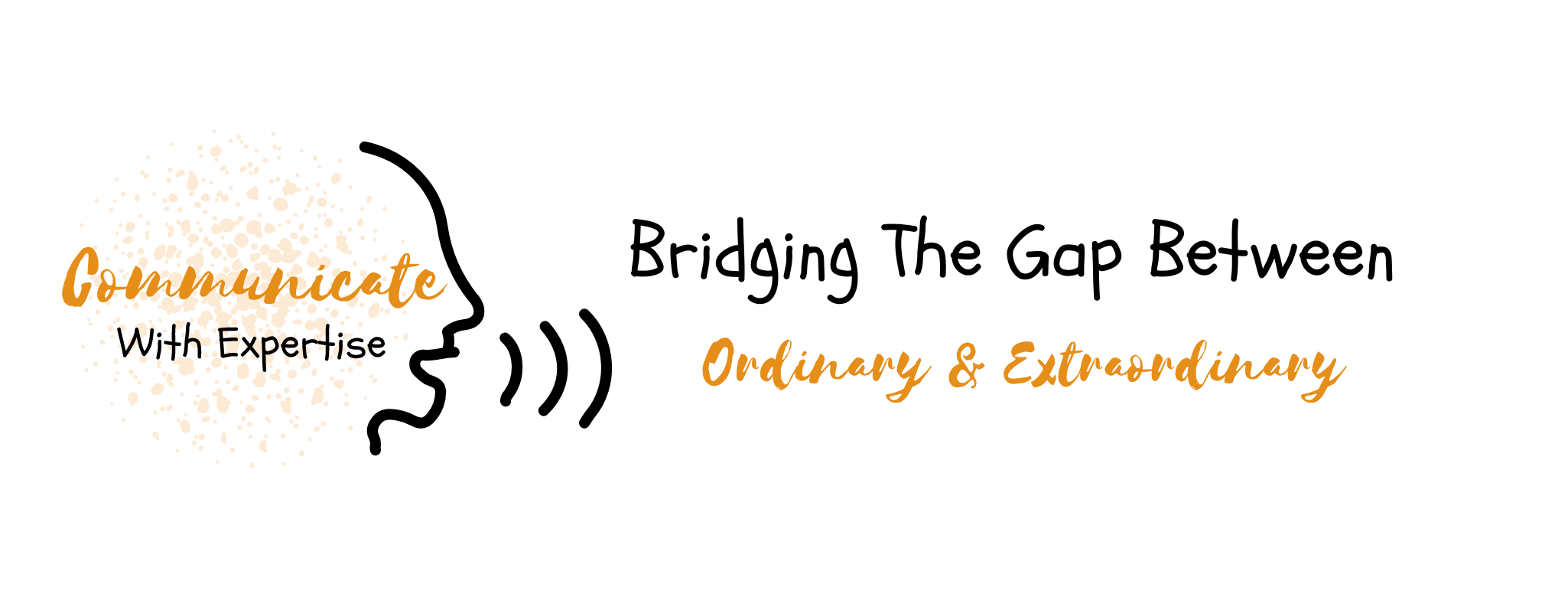Knowledge of common writing terms will help you produce more polished pieces that make the most of your talent.
If you’re new to writing, or if you simply want to brush up on your skills, it’s important to know the basics.. In this blog post, I’ll define some common writing terms and provide examples. By understanding these terms, you will be able to produce better written work. So let’s get started!
1. Academic writing
Academic writing is a type of writing that is done for academic purposes, such as essays, research papers, or dissertations.
2. Active voice
Active voice is when the subject of a sentence is doing the verb. Using passive voice can make your writing sound weak or unclear. As such, try to use active voice whenever possible.
Example of Active Voice
“John threw the ball.”
3. Alliteration
Alliteration is a literary device that refers to the repetition of initial sounds or letters in a group of words.
Example of Alliteration
“She sells seashells by the seashore.”
4. Analogy
Analogy is a figure of speech that uses one thing to explain or illustrate another.
Example of Analogy
“Love is like a rose. It has thorns, but it’s still beautiful.”
5. Anecdotes
Anecdotes are brief, often funny or amusing stories about an incident that have a point. They can be useful in speeches to make a point more memorable.
Example of Anecdote
“I was out for my morning walk when I saw the most interesting thing. There was a dog walking on its hind legs!”
6. Assonance
Assonance is a literary device that refers to the repetition of vowel sounds in a group of words or the same line(s) of a verse.
Example of Assonance
“The white light on the bike was too bright.”
7. Blog writing
Blog writing is a type of web copy that refers specifically to content published on a blog.
8. Citation
Citation is the act of providing a reference for a piece of information that you have used in your writing. Citations are important in order to avoid plagiarism.
Example of a citation
According to a study published in the journal Nature, “the world’s oceans are expected to rise by an average of 0.7 meters by the end of the century” (Smith, et al.).
9. Clichés
A cliché is an overused or tired phrase that has lost its impact. Using too many clichés can make your writing sound trite and unoriginal.
Examples of cliché
“Time heals all wounds.” or ” That’ll be the day!”
10. Colloquialisms
Colloquialisms are words or phrases that are commonly used in spoken language but not in formal writing. While they can add personality to your writing, they should be used sparingly. Overusing colloquialisms can make your essay sound uneducated or sloppy.
Examples of colloquialisms
“like,” “gonna,” “kinda”

11. Contractions
Contractions are shortened versions of words or phrases. They’re commonly used in spoken language, but should be avoided in formal writing. Using too many contractions can make your essay sound informal or unprofessional.
Examples of contractions
“can’t,” “won’t”
12. Copywriting
This is the act of creating written content for the purpose of marketing or advertising. Copywriters may work in-house for a company, or they may be freelance writers who produce content for multiple clients.
13. Complex sentence
A complex sentence is a sentence that contains one independent clause and at least one dependent clause.
Example of complex sentence
I adopted a dog for the purpose of keeping me company.
In this example, the independent clause is “I adopted a dog” and the dependent clause is “for the purpose of keeping me company.”
14. Compound sentence
A compound sentence is a sentence that contains two or more independent clauses.
Example of compound sentence:
I adopted a dog and he has been keeping me company ever since.
In this example, the two independent clauses are “I adopted a dog” and “he has been keeping me company ever since.”
15. Creative writing
This is a broad term that refers to any type of writing that is not intended to convey factual information or data. Creative writing can include everything from poetry to fiction to screenplays.
16. Detail
A detail is a small piece of information that helps to support a larger point.
17. Editing
Editing is the process of reviewing and revising a piece of writing in order to improve its clarity, grammar, style, and/or structure.
18. Euphemism
This is a figure of speech that is used to replace a word or phrase with a more polite or positive one.
Example of Euphemism
“passed away” is a euphemism for “died”.
19. Figurative language
Figurative language is when you use words or phrases in a non-literal way to add impact to your writing. While figurative language can be effective, it should be used sparingly in academic writing.
Example of Figurative Language
“He’s as sharp as a tack.”
20. Genres
A genre is a specific type or category of writing.
Examples of Genres
Some common genres include fiction, nonfiction, poetry, and drama.
21. Ghostwriting
Ghostwriting is the act of creating content on behalf of someone else. The ghostwriter may write articles, blog posts, books, or even speeches.
22. Grant writing
This is the act of creating proposals and applications for grants. Grant writers may work in the non-profit sector or they may be freelance consultants who help individual businesses or organizations secure funding.
23. Hyperbole
Hyperbole is a figure of speech that uses exaggeration for effect.
Example of Hyperbole
“I’m so hungry I could eat a horse!”
24. Idiom
Idiom is a phrase or expression that has a meaning that cannot be inferred from the literal definition of the words that make it up.
Example of Idiom
“it’s raining cats and dogs” is an idiom that means “it’s raining hard”.

25. Imagery
This is the use of descriptive to create vivid mental images.
Example of Imagery
“The sky was a deep, dark blue.”
26. Jargon
Jargon is specialized language that is used in a particular field or profession. If you’re writing for a general audience, try to avoid using too much jargon. Not everyone will be familiar with the terms and acronyms that are common in your field.
Example of Jargon
“The patient is experiencing tachycardia and will need to be intubated.”
“We need to increase our ROI if we want to stay competitive in this market.”
27. Metaphor
Metaphor is a figure of speech that uses one thing to represent another.
Example of Metaphor
“Time is a thief.”
28. Onomatopoeia
Onomatopoeia is the use of words that imitate the sound they describe.
Example of Onomatopoeia
“sizzle”, “buzz”, and “hiss”.
29. Oxymoron
An oxymoron is a figure of speech that combines two contradictory terms.
Example of Oxymoron
“jumbo shrimp” and “deafening silence”.
30. Personification
Personification is a figure of speech that gives human characteristics to non-human things.
Example of Personification
“The wind was howling for hours this morning.”
31. Paragraph
A paragraph is a group of related sentences that share a common idea or topic. In order to write a good paragraph, you must have a strong main idea and supporting details.
Example of Paragraph
If you are writing about your favorite pet, your paragraph might look something like this:
I have a cat named James. He is black and white and has a lot of energy. I got him when he was just a kitten, and he has been my best friend ever since. Every day, he greets me at the door when I come home from work. He loves to play fetch and chase his tail. James is a very special cat to me and I love him very much.
32. Passive voice
Passive voice is when the subject of a sentence is acted upon by the verb. Aim to limit the use of passive voice particularly in academic writing.
Example of Passive Voice
“The ball was thrown by John.”
33. Plagiarism
Plagiarism is the act of copying someone else’s work and passing it off as your own. Plagiarism is considered to be a form of cheating, and it can result in serious consequences.
34. Proofreading
Proofreading is the final stage of the editing process, during which errors in spelling, punctuation, and grammar are corrected.
35. Pun
A play on words that usually employs a word with multiple meanings or a word that sounds similar to another word.
Example of Pun
I’m reading a book about anti-gravity. It’s impossible to put down. (pun)
36. Purpose
The purpose of a piece of writing is the reason why it was written. The purpose may be to inform, entertain, or persuade.
37. Rhetorical questions
A rhetorical question is a question that doesn’t require an answer. They’re often used for emphasis or to make an argument more relatable. However, they can also be overused and sound trite. If you’re going to use a rhetorical question, make sure it adds something to your essay and doesn’t just take up space.
Example of rhetorical question
“Can you imagine how hungry I was after not eating all day?”
“How can we expect students to focus on their studies if they’re constantly worrying about money?”
38. Sarcasm
Sarcasm use of irony to mock or convey contempt.
Example of Sarcasm
Thanks for doing the dishes, it was really fun coming home to a sink full of dirty dishes. (The speaker is being sarcastic).
39. SEO writing
Search Engine Optimization (SEO) is a type of copywriting that focuses on creating content that is optimized for search engines. The goal is to help a website rank higher in search engine results pages (SERPs).
40. Simile
This is a figure of speech that uses the words “like” or “as” to compare two things.
Example of Simile
“She’s as strong as an ox.”
41. Slang
Slang is informal language that is used in casual conversation. Like jargon, slang can make your writing sound unprofessional. Unless you’re writing for a very informal audience, it’s best to avoid using slang terms in your essay.
Examples of Slang
“That party was lit!”
42. Style
Style is the way in which a piece of writing is presented, including elements such as the author’s word choice, sentence structure, and use of figurative language.
43. Supporting details
The supporting details of a paragraph provide information that supports the main idea.

44. Synecdoche
Synecdoche is a figure of speech in which a part is used to represent the whole or the whole is used to represent a part.
Example of Synecdoche
“All hands on deck!”
45. Target audience
The target audience is the group of readers that a piece of writing is intended for. The author takes into account the age, gender, interests, and background of the target audience when crafting a piece of writing.
Examples of target audiences
-An article about a new type of baby formula would be geared towards parents of infants.
-A blog post about the best hiking trails in the area would be geared towards outdoor enthusiasts.
46. Technical writing
Technical writing is a type of writing that focuses on conveying information about a technical topic or subject. Technical writers may work in a variety of industries, such as healthcare, engineering, or IT.
47. Tone
The tone of a piece of writing is the overall attitude or feeling that it conveys.
Example of Tone
Tone can be serious, humorous, sarcastic, optimistic, etc.
48. Topic sentence
The first sentence of a paragraph, the topic sentence introduces the main idea of the paragraph.
49. Transition
A transition is a word or phrase that connects one idea to another. Transitions help to create coherence in a piece of writing by showing the reader how different ideas are related.
50. Typefaces
A typeface is a set of characters that share a common design. It’s a specific style within a type family.
Examples of Typefaces
Times New Roman and Arial are two examples of typefaces.
51. Understatement
This is a figure of speech that makes something seem less important than it really is.
Example of Understatement
“It’s just a little scratch.”
52. Voice
Voice in writing refers to the author’s unique style and personality that comes through in their work.
Example of Voice
Voice can be formal or informal, serious or humorous, etc.
53. Web copy
Web copy is the text that appears on a website. It can include everything from product descriptions to blog posts to articles.
54. Word choice
Word choice is the selection of specific words and phrases to convey an idea or feeling. An author’s word choice can have a significant impact on the tone of their writing.
Read also: 22 Key tips to easily improve writing skills
Final words on common writing terms, meanings and examples
That’s it for my crash course on common writing terms, definitions and examples that you must know. I hope you found this helpful and that it gives you a little more insight into how to improve your own writing skills.
By understanding these terms and their meanings, you can become a better writer yourself! Please feel free to comment below with any questions or thoughts, and be sure to check out our other blog posts for more tips and tricks.
Reference
Vocabulary.com (2022) Dictionary








Rushana Greenidge-Horace
Rushana is a dynamic, knowledgeable professional with almost a decade of experience in the healthcare industry. She remains committed to promoting holistic health and wellness.